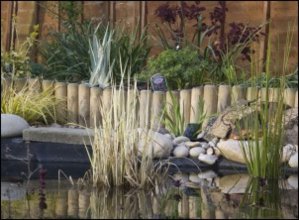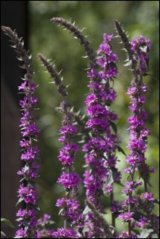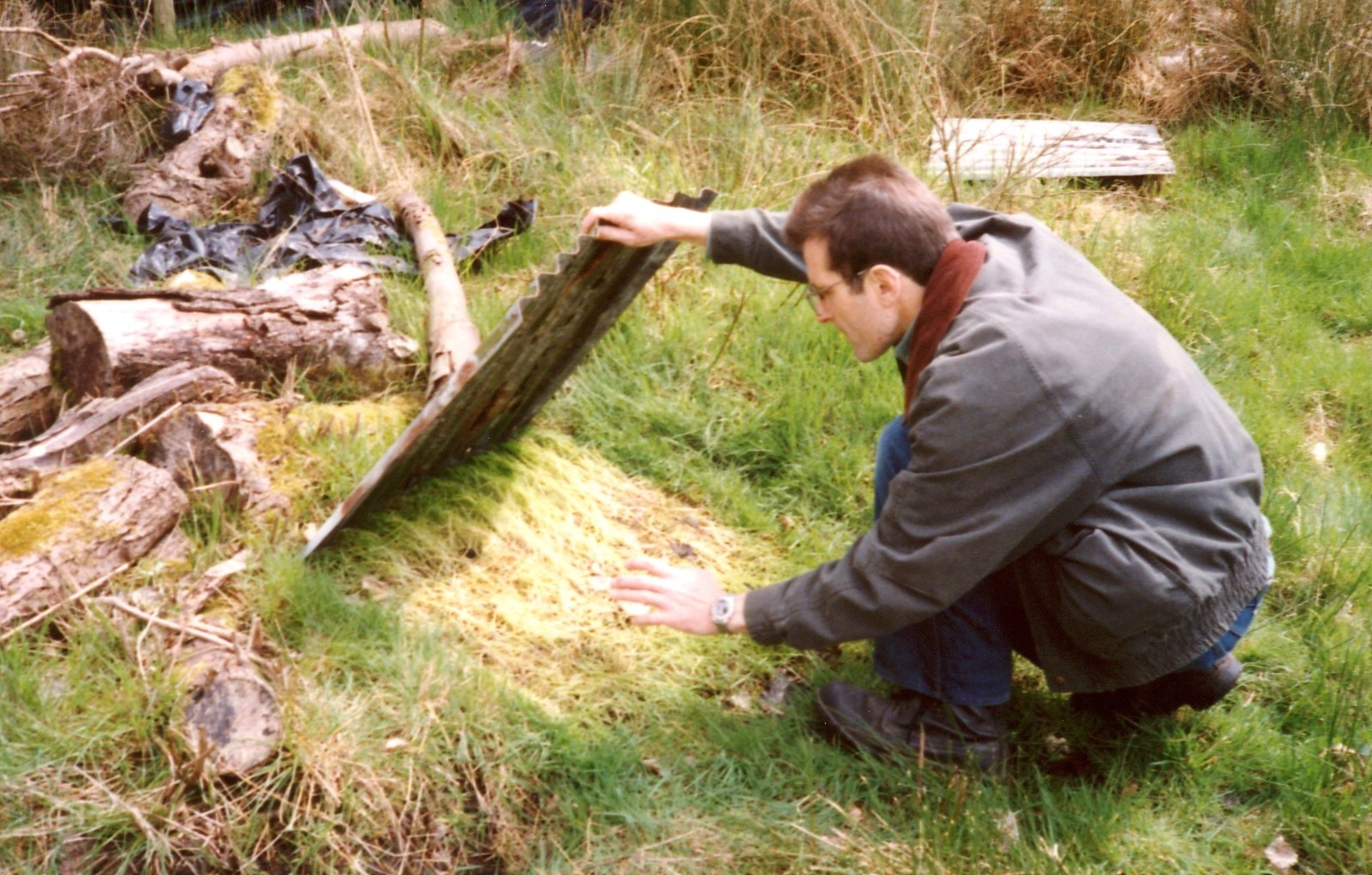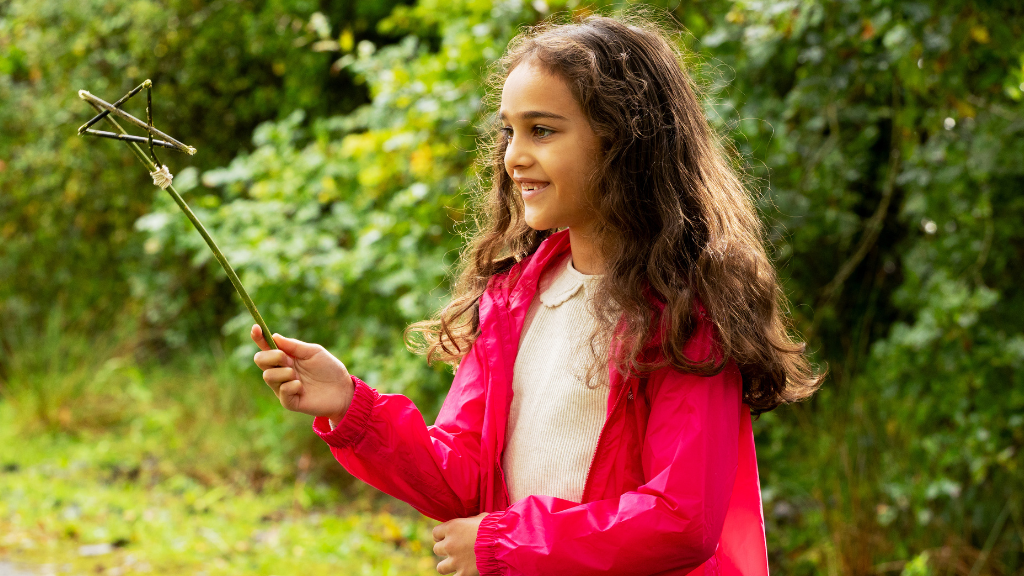The wildlife pond
Guest blog by London Wetland Centre's gardening expert Alwyn Craven
As a warden at the London Wetland Centre I spend every working day around arguably the best man made ponds and aquatic habitats in the capital. Therefore I am unashamedly biased as to the delights of ponds and I think that everyone who possibly can should have one in their garden! There are many and various reasons that have led me to this extreme pond-centric position, not least the catastrophic loss of ponds in the British countryside – an estimated 50% in the last century alone.
Garden ponds are helping to redress this terrible loss and in so doing are again providing valuable habitat for beleaguered pond creatures such as the common frog.
Further to this, a pond will provide a beautiful, verdant feature in your garden even in the driest of summers and the huge array of wildlife a pond brings in will provide endless entertainment for both adults and children.
But before you rush out to build your pond there are a few vital points to consider including the site, the shape and dimensions, the liner and very importantly the plants.
Placing your pond well is very important – it should not be too shaded or under large trees which will choke it with their leaves in the autumn and if you want to get maximum wildlife viewing pleasure it should be visible from the house.
The shape and dimensions of your pond largely dictate how good it is for wildlife. Raised ponds and sheer sides make ponds difficult for wildlife to colonise, while gently sloping sides, large ledges and shallow areas and a minimum depth in the centre of 50-60cm allow wildlife to colonise easily and thrive. Size is important, but even tiny ponds provide an additional habitat for wildlife in your garden.
There are a number of options for lining your pond, however the cheapest and most flexible option is a butyl liner. This is widely available in garden centres, it’s easy to install and it allows you to create your pond in any shape you like. However, if you don’t want a disastrous puncture it is vital to line the base of your pond with a soft material such as sand, old carpet or loft insulation.
Planting up your new pond is the final step which transforms it from a muddy lifeless pool to a buzzing oasis brimming with life. It is best to use mainly native species of which there are many beauties. Some of my favourites, which you can come and see growing in are gardens at the Centre include the Marsh Marigold, Purple Loosestrife (right) and the Flowering Rush.
Try to include plants for all areas in your pond from the submerged depths to the boggy edges, but avoid at all costs the invasive alien plants that some garden centres still sell. Some of the worst offending plants include Water fern, Parrot’s-feather, Canadian pond weed and New Zealand pygmy weed.
The final step is to sit back and wait for the wildlife to hop, crawl, slither and buzz into your new pond and enjoy.
If you feel inspired and want to learn more about creating your own wildlife pond why not come to one of our pond planting demonstrations on Saturday 26 or Sunday 27 March?






